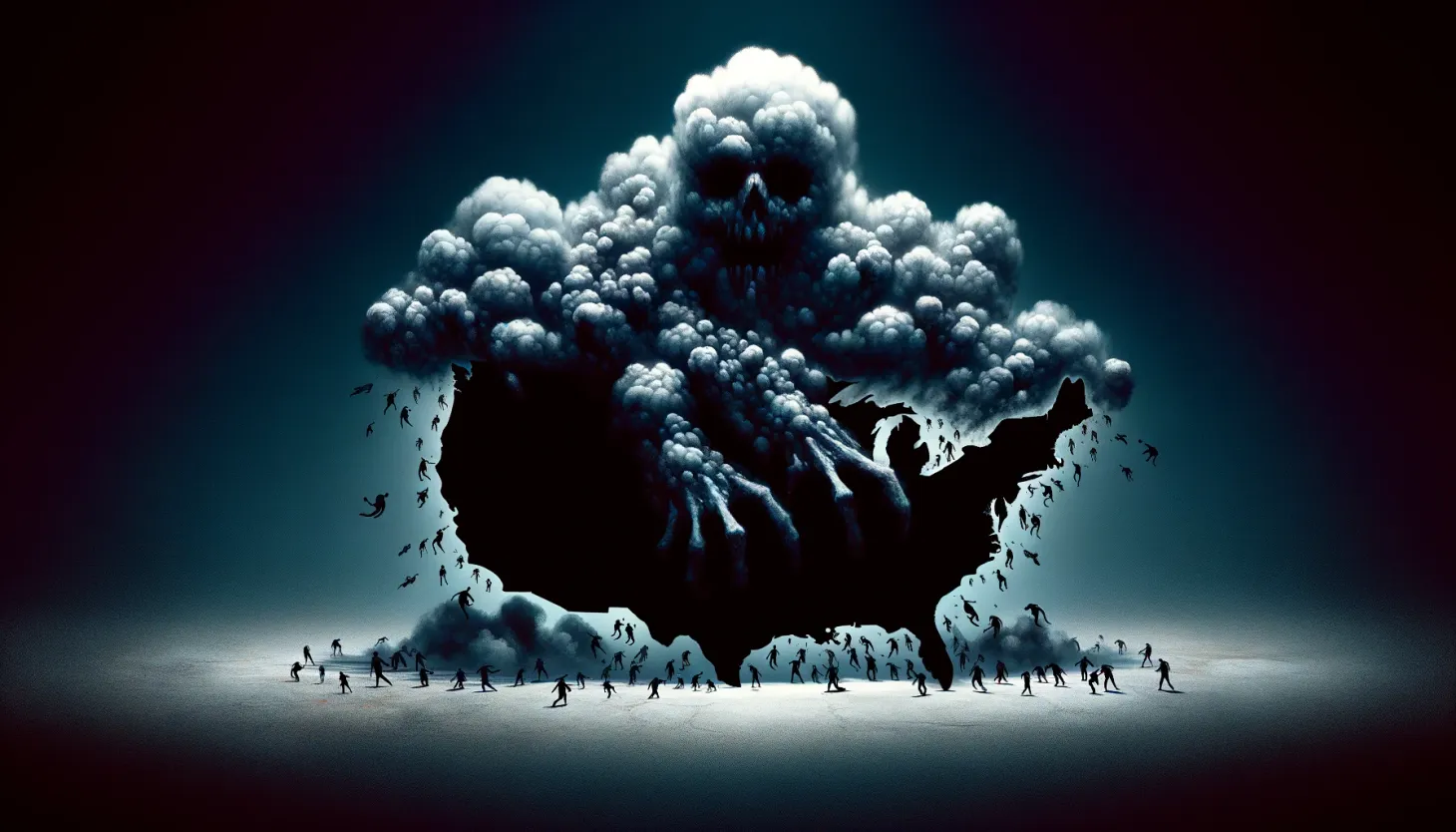Historical Patterns and the Theory of the Four Turnings
According to the theory of the Four Turnings, we're in a Crisis phase, marked by global pandemics, economic instability, and social unrest. How will we navigate from turmoil to transformation?

Beyond this wall lies a hidden archive.
Become a supporter to unlock it all.
SubscribeAlready a member? The door is open— come in.


